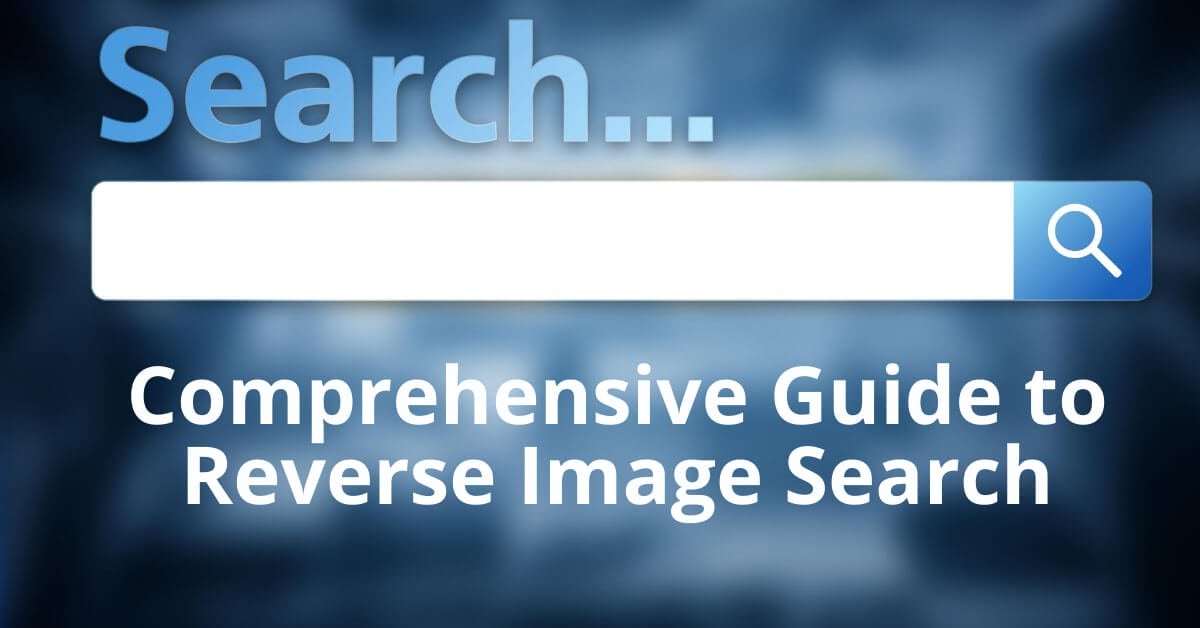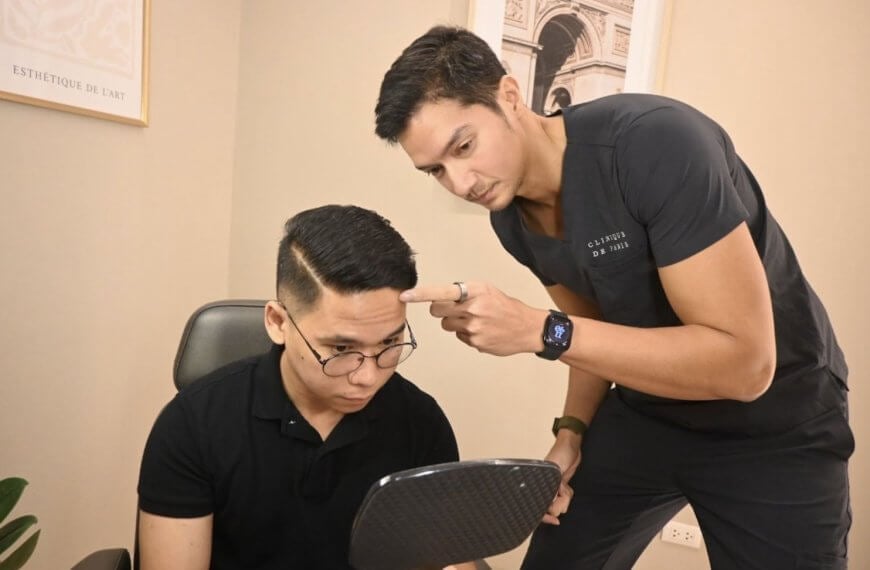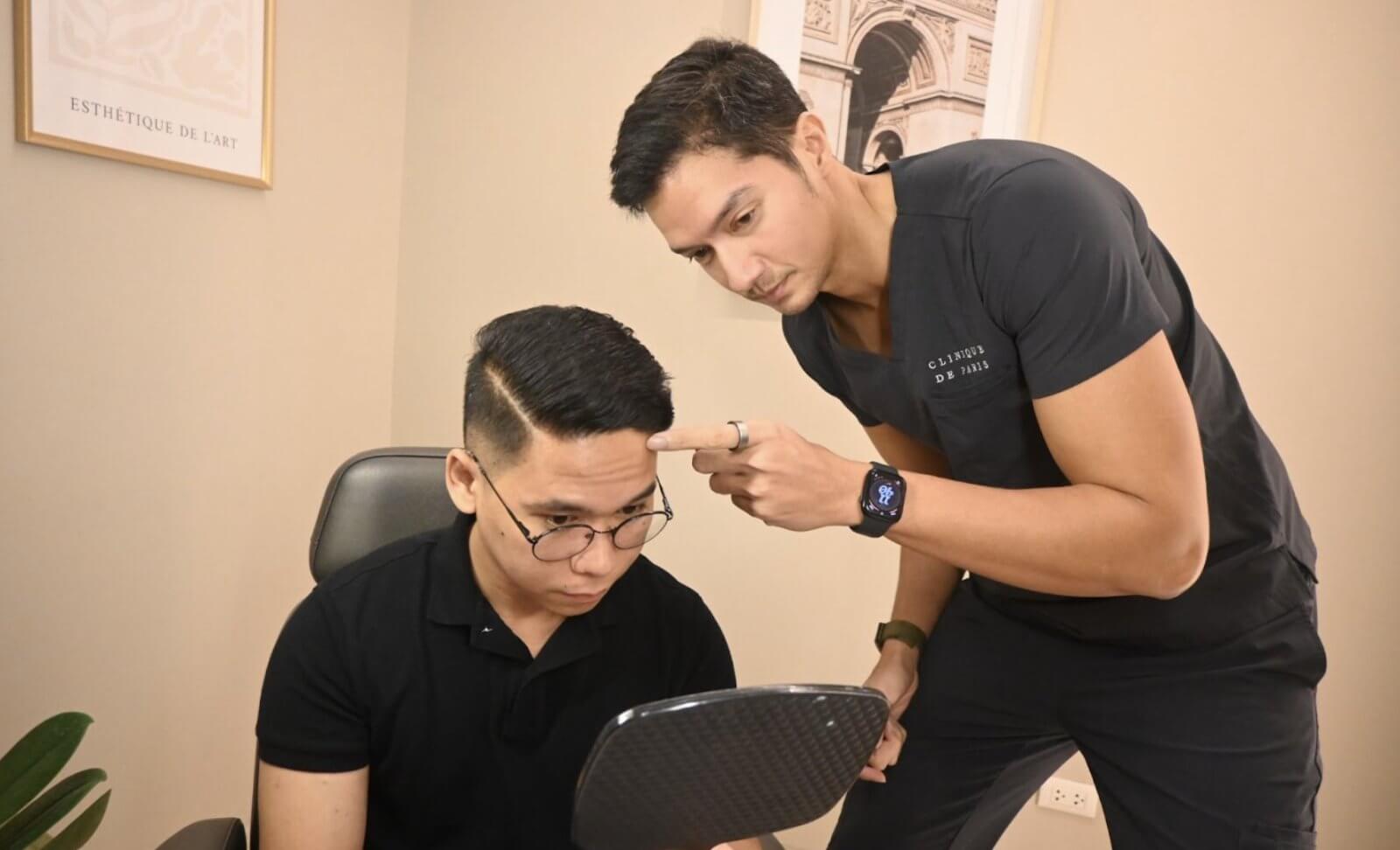Reverse image search is an innovative and powerful tool that allows you to discover related information about an image by uploading it or using its URL. In this in-depth guide, we will explore the benefits of reverse image search, various platforms to use, and how to effectively perform a search with step-by-step instructions. Join us as we uncover the secrets of reverse image search and learn how it can benefit the Philippines’ vibrant and diverse audience.
Why Reverse Image Search Matters
Verify Image Authenticity
Reverse image search helps you authenticate images, preventing the spread of fake news and misinformation. It enables you to discover the original source and context, ensuring that you share accurate information with your audience.
Discover Similar Images
Finding visually similar images is a breeze with reverse image search. It allows you to explore creative inspirations, compare product options, and identify patterns or trends in design and photography.
Identify Unknown Objects or Places
Whether it’s an exotic dish or a breathtaking destination, reverse image search can provide valuable information about the subject of your image, satisfying your curiosity and helping you make informed decisions.
Protect Your Intellectual Property
For photographers, artists, and content creators, reverse image search can help track unauthorized use of their work, allowing them to protect their intellectual property and maintain control over their creations.
Top Reverse Image Search Platforms
Google Images
As the most popular search engine worldwide, Google Images offers a user-friendly and efficient reverse image search experience. (source: https://images.google.com/)
Bing Visual Search
Microsoft’s Bing Visual Search is another excellent option for reverse image search, providing a unique set of results and features. (source: https://www.bing.com/visualsearch/)
TinEye
TinEye is a dedicated reverse image search engine with a massive index of images, making it an excellent resource for discovering the origins of an image. (source: https://tineye.com/)
Yandex Images
Yandex, Russia’s leading search engine, also offers reverse image search capabilities, providing a diverse set of results that cater to a global audience. (source: https://yandex.com/images/)
Google Lens
Not a reverse image search but has the function and ability to find whatever you point at it.
Google Lens is an innovative image recognition technology developed by Google that uses artificial intelligence (AI) to identify objects, landmarks, text, and other elements within images. By simply pointing your smartphone‘s camera at an object or uploading a photo, Google Lens can provide relevant information, translations, and more. In this article, we will explore the features and benefits of Google Lens and how it can enhance your visual search experience. – https://lens.google/
Step-by-Step Guide to Reverse Image Search
Step 1: Choose Your Platform
Select a reverse image search platform based on your preferences and needs. Google Images, Bing Visual Search, TinEye, and Yandex Images are popular options.
Step 2: Prepare Your Image
Ensure the image you want to search is saved on your device or accessible via a URL.
Step 3: Access the Image Search Interface
Visit the reverse image search platform’s website and locate the image search option, usually represented by a camera icon.
Step 4: Upload the Image or Enter the URL
You can either upload the image directly from your device or paste the image URL into the search bar.
Step 5: Analyze the Results
Review the search results, which may include similar images, websites featuring the image, or additional information about the image’s subject.
Tips for Effective Reverse Image Search
Use High-Quality Images
Higher resolution images typically yield better search results. Ensure your image is clear and of good quality for optimal results.
Crop Unnecessary Elements
Remove distractions and irrelevant elements from your image to focus on the subject, which can improve the accuracy of the search results.
Try Multiple Platforms
Different reverse image search platforms may yield varying results. Experiment with multiple platforms to find the most comprehensive information.
Utilize Advanced Search Features
Many platforms offer advanced search options, such as filtering by image size, color, or type. Take advantage of these features to refine your search and obtain more accurate results.
Conclusion: Embrace the Power of Reverse Image Search
Reverse image search is an incredibly valuable tool that can help you verify image authenticity, discover similar images, identify unknown objects or places, and protect your intellectual property. By following our step-by-step guide and utilizing the top reverse image search platforms, you can harness the power of visual search and stay ahead of the curve in the digital age. So, why wait? Start exploring the world of reverse image search and unlock a wealth of information at your fingertips.
Top 10 FAQs about Reverse Image Search
- Q: Is reverse image search free?A: Yes, most reverse image search platforms, including Google Images, Bing Visual Search, TinEye, and Yandex Images, are free to use.
- Q: Can reverse image search be used on mobile devices?A: Absolutely! Most platforms are mobile-friendly and can be accessed via your smartphone or tablet’s browser.
- Q: How accurate is reverse image search?A: The accuracy of reverse image search results depends on the quality of the image and the platform used. High-quality images and reliable platforms typically yield more accurate results.
- Q: Can I use reverse image search to find someone on social media?A: While it’s possible to find social media profiles using reverse image search, it may not always be successful due to privacy settings and image indexing limitations.
- Q: How can I improve the accuracy of my reverse image search results?A: Use high-quality images, crop unnecessary elements, try multiple platforms, and utilize advanced search features to improve the accuracy of your search results.
Conclusion
Reverse image search and discovery have come a long way, thanks to the rapid advancements in technology and artificial intelligence. These powerful tools have transformed the way we interact with the world, providing us with invaluable insights, enhancing our understanding of visual content, and empowering us to make more informed decisions in various aspects of life.
As the digital landscape continues to evolve, reverse image search platforms and tools like Google Lens are becoming increasingly sophisticated, offering users a seamless and enriching experience. By embracing these innovative technologies, we can stay ahead of the curve, tap into new opportunities for learning, and unlock the full potential of visual search and discovery.
So, don’t wait any longer – dive into the world of reverse image search and discovery, and explore the endless possibilities that await you. Whether you’re verifying image authenticity, uncovering similar images, identifying unknown objects or places, or simply satisfying your curiosity, reverse image search and discovery tools are here to guide you every step of the way.
























